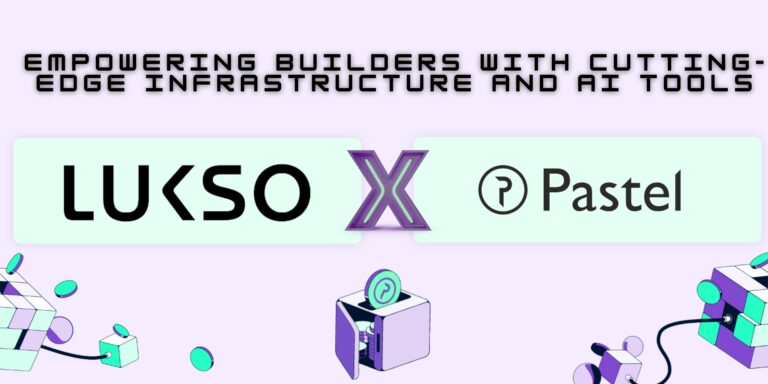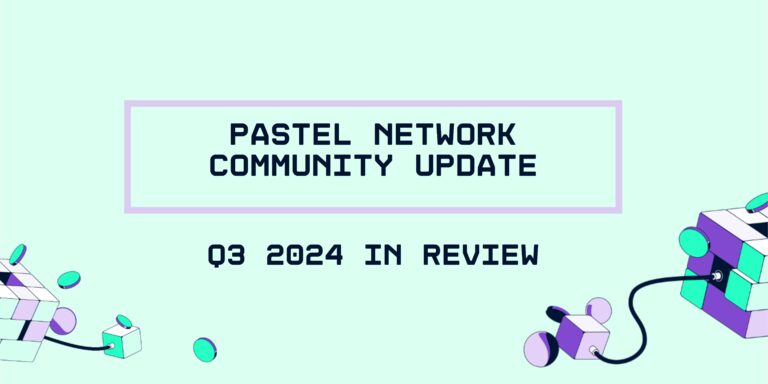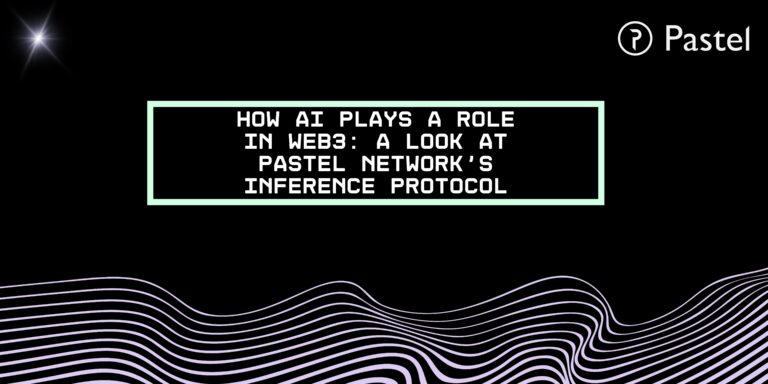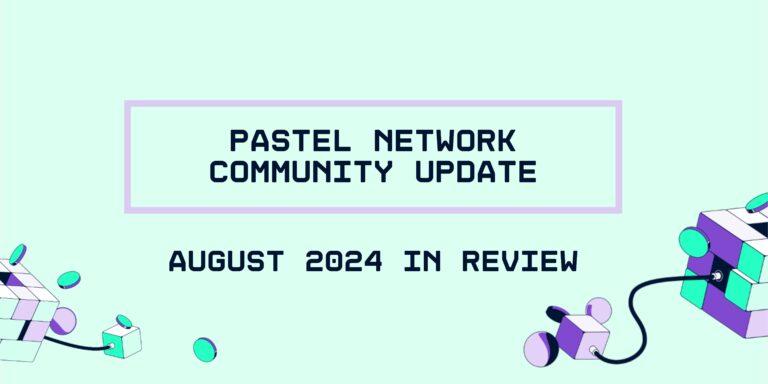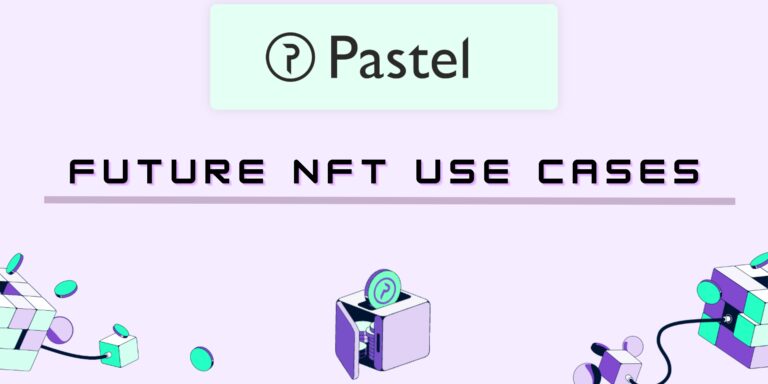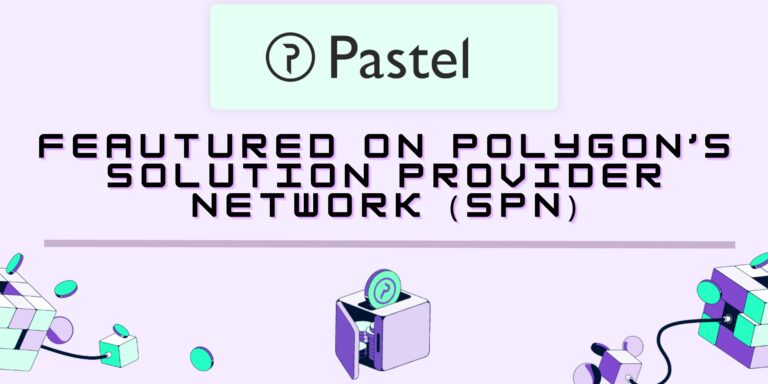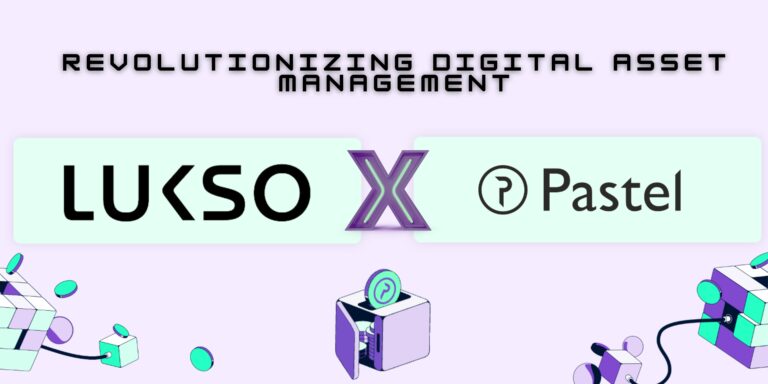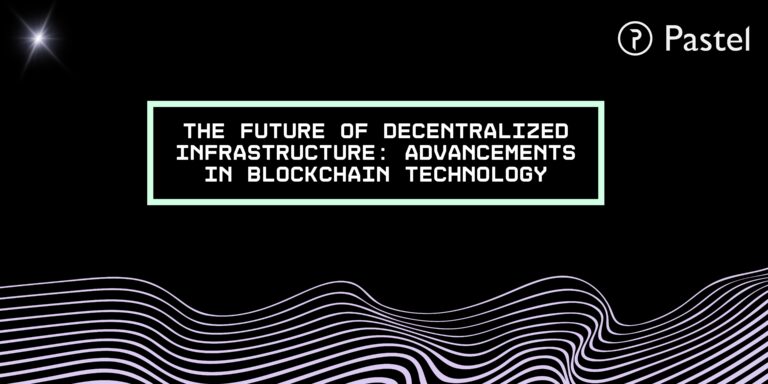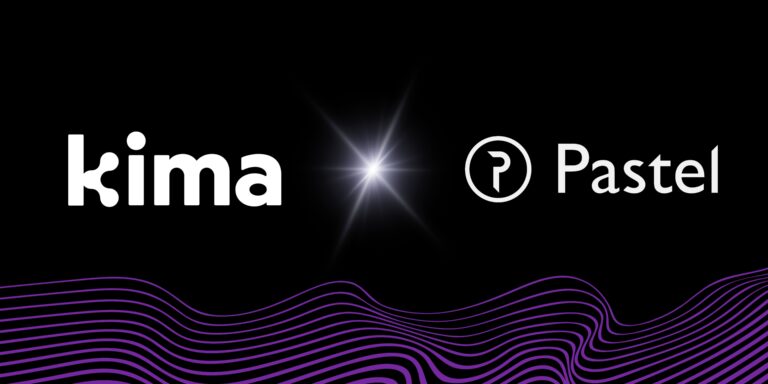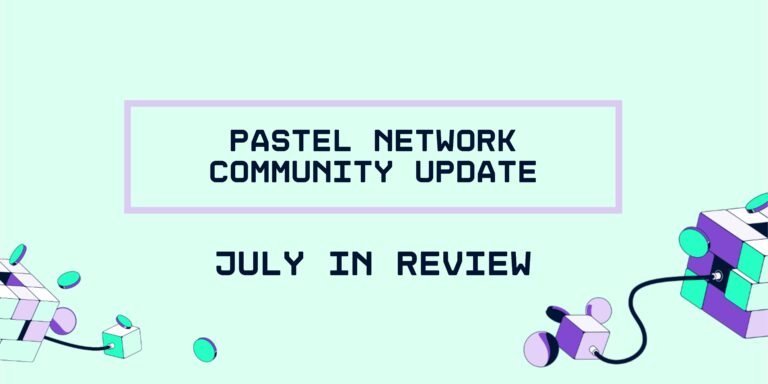Blog
Get the latest news:
Pastel Network and LUKSO: Empowering Builders with Cutting-Edge Infrastructure and AI Tools
We are thrilled to announce an exciting new chapter in Pastel Network’s collaboration with LUKSO, where we will be supporting...
Q3 2024 Update & Looking Ahead
In Q3, Pastel Network continued to solidify its position as a leading decentralized layer-1 blockchain, achieving significant progress in both...
How AI Plays a Role in Web3: A Look at Pastel Network’s Inference Protocol
How AI Plays a Role in Web3: A Look at Pastel Network's Inference Protocol The convergence of artificial intelligence (AI)...
August 2024 Community Update
August 2024 Community Update For a full recap of August, see all the exciting news below! Development Updates Inference, the...
Future NFT Use Cases
Non-Fungible Tokens (NFTs) have captured the world's attention, primarily through digital art and collectibles. However, the potential applications for NFTs...
Pastel Network Joins Polygon’s Solution Provider Network, Expanding its Ecosystem
We are thrilled to announce that Pastel Network is now officially featured on Polygon’s Solution Provider Network (SPN), marking a significant milestone...
Exploring LUKSO’s Support of Cascade & Sense to Revolutionize Digital Asset Management
The digital world is evolving rapidly, and LUKSO is at the forefront with its integration of Pastel’s Cascade and Sense protocols to...
The Future of Decentralized Infrastructure: Advancements in Blockchain Technology
The Future of Decentralized Infrastructure: Advancements in Blockchain Technology Blockchain technology, initially recognized for its role in powering cryptocurrencies...
Pastel Network and Kima Network Announce Intent to Explore Cross-Chain Asset Opportunities
We are thrilled to announce that Pastel Network and Kima Finance have declared their mutual intent to explore a potential...
July 2024 Community Update
For a full recap of July, see all the exciting news below! Development Updates SmartMint — Pastel Network Support We’re...
